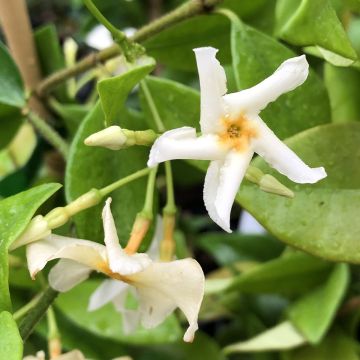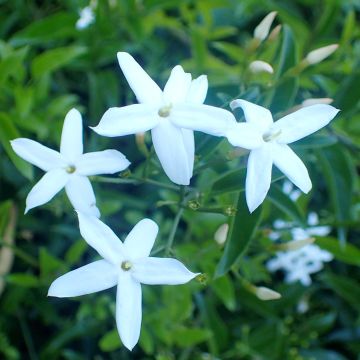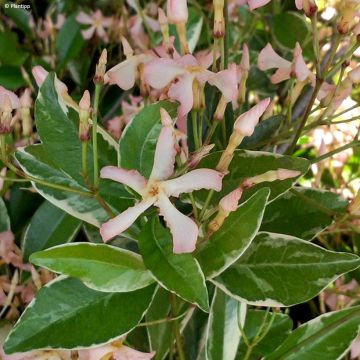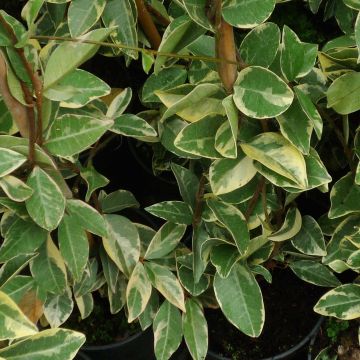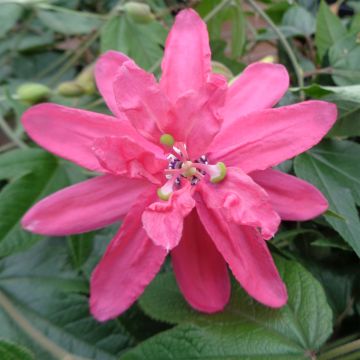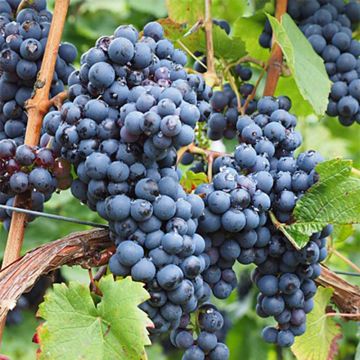

Jasminum officinale - Common jasmine


Jasminum officinale - Common jasmine
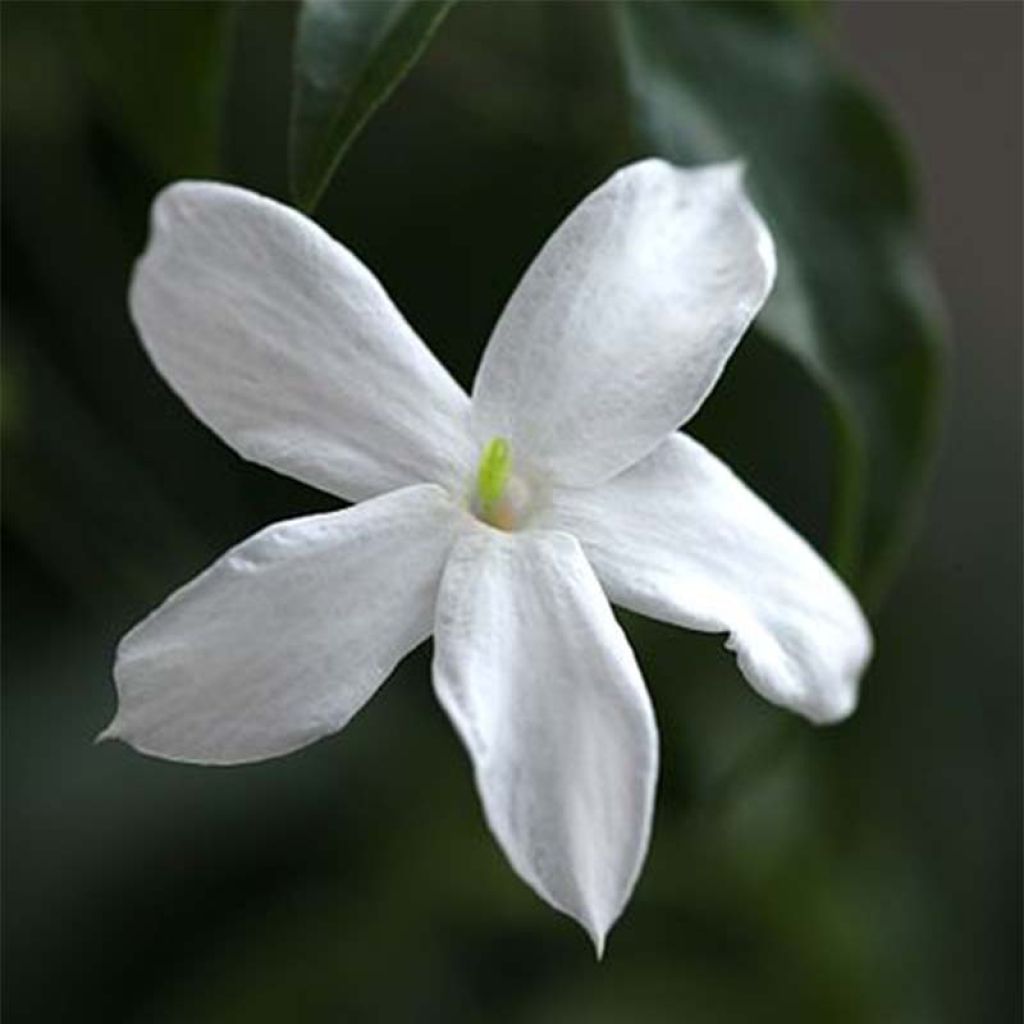

Jasminum officinale - Common jasmine
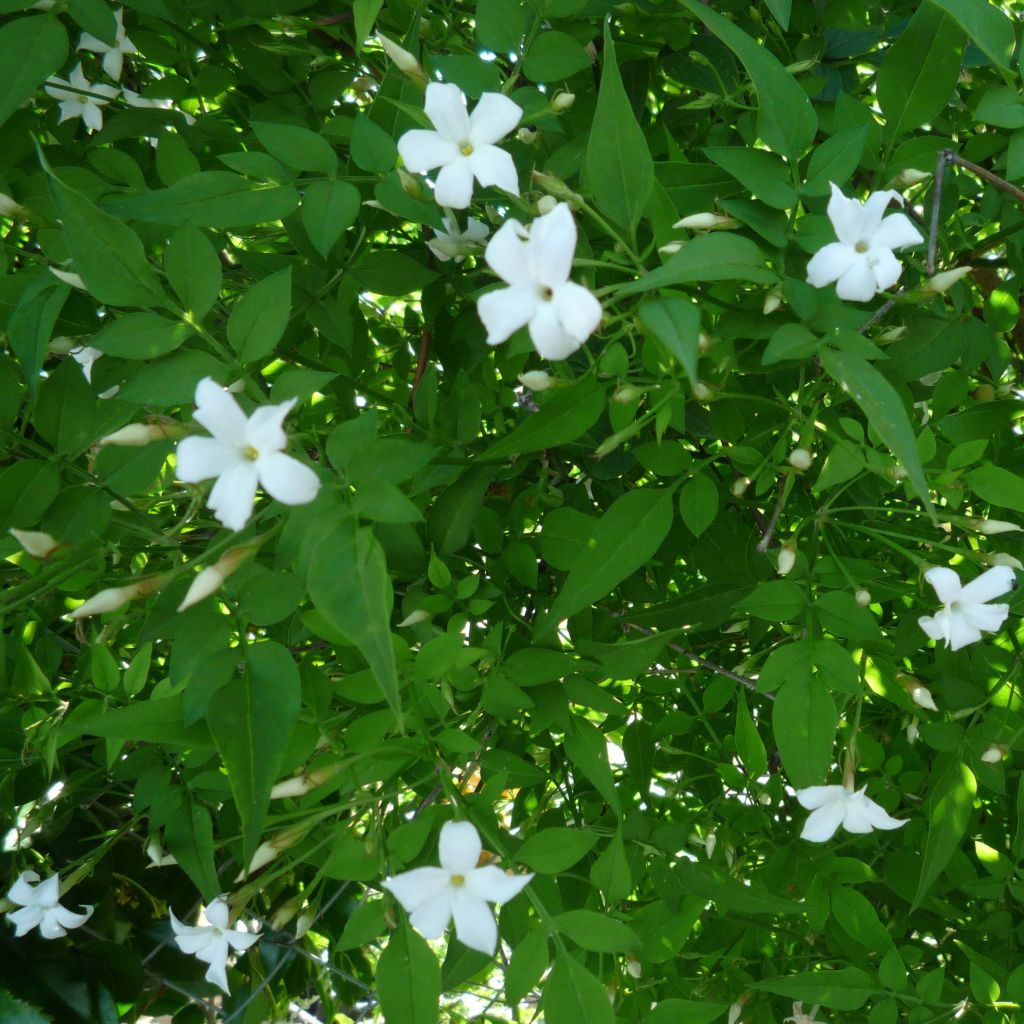

Jasminum officinale - Common jasmine


Jasminum officinale - Common jasmine
Jasminum officinale - Common jasmine
Jasminum officinale
Common Jasmine, Poet's Jasmine, Summer Jasmine, White Jasmine
This item cannot be shipped to the selected country
Delivery charge from €5.90
Delivery charge from €5.90
Oversize package delivery charge from €6.90
More information
Schedule delivery date,
and select date in basket
This plant carries a 6 months recovery warranty
More information
We guarantee the quality of our plants for a full growing cycle, and will replace at our expense any plant that fails to recover under normal climatic and planting conditions.
From €5.90 for pickup delivery and €6.90 for home delivery
Express home delivery from €8.90.
From €5.90 for pickup delivery and €6.90 for home delivery
Express home delivery from €8.90.
Oversize package: home delivery by special carrier from €6.90 per order..
Express home delivery from €8.90.
Does this plant fit my garden?
Set up your Plantfit profile →
Description
The True Jasmine or Common Jasmine, also known as Jasminum officinale in Latin, is the hardiest of the genus and one of the most fragrant. It is a large climber that is mostly deciduous in temperate climates, forming long slender stems capable of climbing up small trees. It blooms in summer and autumn, abundantly if the soil remains slightly moist, in the form of a multitude of small star-shaped flowers, white in colour, famous for their intoxicating fragrance. It perfumes a whole section of the garden or even a large terrace on summer evenings. This climber is easy to grow in ordinary but well-drained soil and has its place in the scented garden, in an evergreen hedge, or in a large pot on the balcony or terrace.
The Common Jasmine belongs to the Oleaceae family. Originating from China, specifically from the Himalayan regions, it grows in woods, hedges, and along rivers. Relatively hardy, this jasmine is easily cultivated in open ground in areas where the temperature does not drop below -15°C (5°F) for short periods. In favourable conditions, this climber can reach a height of 10m (33ft) and spread over 2.5 to 3m (8 to 10ft), with fairly rapid growth. The flowering period is remarkably long in moist soil, lasting for three months. In dry and hot climates, it takes a break in August and resumes in September with the return of rain. The plant is covered with numerous small clusters of pink buds that open into star-shaped flowers, 2 to 3cm (1in) in diameter, ivory white in colour, with an almost intoxicating fragrance. The foliage is composed of pinnate leaves with 5 or 7 small leaflets, bright green, deciduous below -5/-6°C (23/21.2°F) and evergreen if the temperature is milder. The stems become woody and light brown with age, devoid of leaves. The young branches, which bear the foliage, are green, glabrous (or weakly pubescent), angular or channelled.
Jasminum officinale climbs over shrubs, trellises, arches, pergolas, stair railings, or balconies. Plant it in a container on a terrace to fully enjoy its intense fragrance, but avoid placing it near a bedroom with an open window; some claim that its scent disrupts sleep and can cause headaches. Allow enough space for this vigorous climber. One of the best uses is to plant it in an evergreen hedge: in winter, its bare branches will blend into the vegetation, while in summer, delicate garlands of lightweight foliage and small white fragrant stars will elegantly adorn it.
Its highly fragrant flowers are used in perfumery, to flavor tea, and are included in traditional remedies in Asia. The essential oil extracted from it is used both in perfumery and in cooking. Its aroma can be found in maraschino cherries.
Report an error about the product description
Jasminum officinale - Common jasmine in pictures




Plant habit
Flowering
Foliage
Botanical data
Jasminum
officinale
Oleaceae
Common Jasmine, Poet's Jasmine, Summer Jasmine, White Jasmine
Himalayas
Other Jasmine
Planting and care
Jasminum officinale is preferably planted in spring in cool areas, and at the beginning of autumn in dry and warm climates. Plant it in deep, fertile soil kept moist to help it establish. It requires well-drained soil and will thrive in a very sunny and sheltered position away from cold winds, or even in partial shade in hot climates. The Jasmine officinal tolerates the presence of limestone in the soil. However, if the foliage turns yellow, add a chelating agent when watering in summer. Mulch the base and water generously as soon as the flowers appear. When the temperature drops below -5°C (23°F), the foliage becomes deciduous. Below -10°C (14°F), the above-ground parts of the jasmine freeze and turn black. But if the base is well established, new shoots will emerge in spring. Pruning of the oldest stems (brown) is necessary at the end of winter, when growth starts. This plant tolerates drought once established. It can tolerate partial shade, but flowering is more abundant in the sun. Avoid exposing it to cold drafts to preserve its flowers. In cold regions, plant the jasmine against a south-facing wall, which will provide some warmth. For container cultivation: choose a 50cm (20in) container, with good, rich, moist and light soil, specifically for Mediterranean plants. From early spring until mid-September, fertilise every 15 days with liquid fertiliser, always on moist soil. In summer, it needs abundant watering, but in winter, let the soil dry well between waterings. Jasmine is very vigorous even in a pot and may become bare at the base. In this case, prune the old branches, leaving only 3 young shoots. In winter, place it in a conservatory or a temperate greenhouse, at around 16°C (60.8°F) and with plenty of light. Regularly spray the foliage with lime-free water to prevent red spider mite attacks.
Planting period
Intended location
Care
-
, onOrder confirmed
Reply from on Promesse de fleurs
Mediterranean climbers
Haven't found what you were looking for?
Hardiness is the lowest winter temperature a plant can endure without suffering serious damage or even dying. However, hardiness is affected by location (a sheltered area, such as a patio), protection (winter cover) and soil type (hardiness is improved by well-drained soil).

Photo Sharing Terms & Conditions
In order to encourage gardeners to interact and share their experiences, Promesse de fleurs offers various media enabling content to be uploaded onto its Site - in particular via the ‘Photo sharing’ module.
The User agrees to refrain from:
- Posting any content that is illegal, prejudicial, insulting, racist, inciteful to hatred, revisionist, contrary to public decency, that infringes on privacy or on the privacy rights of third parties, in particular the publicity rights of persons and goods, intellectual property rights, or the right to privacy.
- Submitting content on behalf of a third party;
- Impersonate the identity of a third party and/or publish any personal information about a third party;
In general, the User undertakes to refrain from any unethical behaviour.
All Content (in particular text, comments, files, images, photos, videos, creative works, etc.), which may be subject to property or intellectual property rights, image or other private rights, shall remain the property of the User, subject to the limited rights granted by the terms of the licence granted by Promesse de fleurs as stated below. Users are at liberty to publish or not to publish such Content on the Site, notably via the ‘Photo Sharing’ facility, and accept that this Content shall be made public and freely accessible, notably on the Internet.
Users further acknowledge, undertake to have ,and guarantee that they hold all necessary rights and permissions to publish such material on the Site, in particular with regard to the legislation in force pertaining to any privacy, property, intellectual property, image, or contractual rights, or rights of any other nature. By publishing such Content on the Site, Users acknowledge accepting full liability as publishers of the Content within the meaning of the law, and grant Promesse de fleurs, free of charge, an inclusive, worldwide licence for the said Content for the entire duration of its publication, including all reproduction, representation, up/downloading, displaying, performing, transmission, and storage rights.
Users also grant permission for their name to be linked to the Content and accept that this link may not always be made available.
By engaging in posting material, Users consent to their Content becoming automatically accessible on the Internet, in particular on other sites and/or blogs and/or web pages of the Promesse de fleurs site, including in particular social pages and the Promesse de fleurs catalogue.
Users may secure the removal of entrusted content free of charge by issuing a simple request via our contact form.
The flowering period indicated on our website applies to countries and regions located in USDA zone 8 (France, the United Kingdom, Ireland, the Netherlands, etc.)
It will vary according to where you live:
- In zones 9 to 10 (Italy, Spain, Greece, etc.), flowering will occur about 2 to 4 weeks earlier.
- In zones 6 to 7 (Germany, Poland, Slovenia, and lower mountainous regions), flowering will be delayed by 2 to 3 weeks.
- In zone 5 (Central Europe, Scandinavia), blooming will be delayed by 3 to 5 weeks.
In temperate climates, pruning of spring-flowering shrubs (forsythia, spireas, etc.) should be done just after flowering.
Pruning of summer-flowering shrubs (Indian Lilac, Perovskia, etc.) can be done in winter or spring.
In cold regions as well as with frost-sensitive plants, avoid pruning too early when severe frosts may still occur.
The planting period indicated on our website applies to countries and regions located in USDA zone 8 (France, United Kingdom, Ireland, Netherlands).
It will vary according to where you live:
- In Mediterranean zones (Marseille, Madrid, Milan, etc.), autumn and winter are the best planting periods.
- In continental zones (Strasbourg, Munich, Vienna, etc.), delay planting by 2 to 3 weeks in spring and bring it forward by 2 to 4 weeks in autumn.
- In mountainous regions (the Alps, Pyrenees, Carpathians, etc.), it is best to plant in late spring (May-June) or late summer (August-September).
The harvesting period indicated on our website applies to countries and regions in USDA zone 8 (France, England, Ireland, the Netherlands).
In colder areas (Scandinavia, Poland, Austria...) fruit and vegetable harvests are likely to be delayed by 3-4 weeks.
In warmer areas (Italy, Spain, Greece, etc.), harvesting will probably take place earlier, depending on weather conditions.
The sowing periods indicated on our website apply to countries and regions within USDA Zone 8 (France, UK, Ireland, Netherlands).
In colder areas (Scandinavia, Poland, Austria...), delay any outdoor sowing by 3-4 weeks, or sow under glass.
In warmer climes (Italy, Spain, Greece, etc.), bring outdoor sowing forward by a few weeks.

































